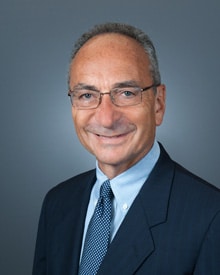Jul. 22, 2014
Welcome to part VII of Hearing International’s series honoring the Cochlear Explorers. This week’s explorer is Ernst Reissner (1824-1878), a Baltic German anatomist from Riga, Livonia. Recall that there are many cells and other structures in the body named after the researchers who first described them. These are called Eponyms. The name of this week’s cochlear explorer, Reissner (prounced rīs′nĕr), is lent to Reissner’s membrane, a membrane inside the cochlea of the inner ear that Reissner was the first person to identify











